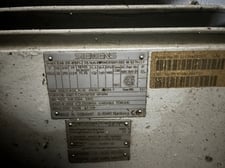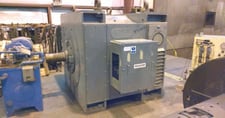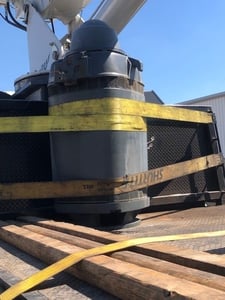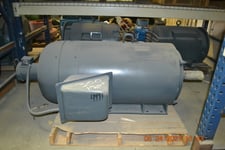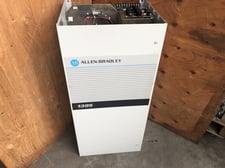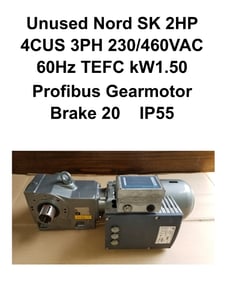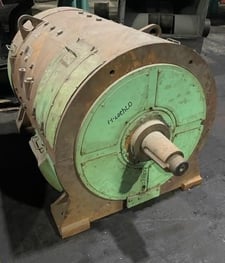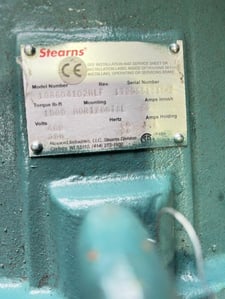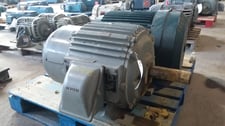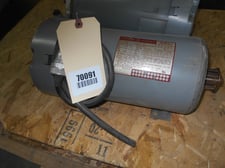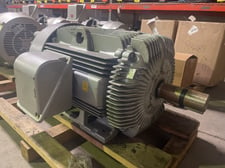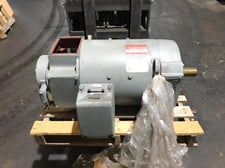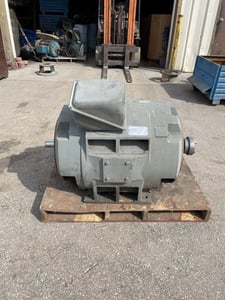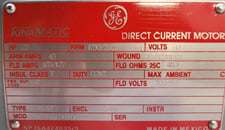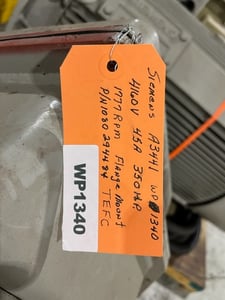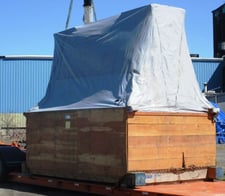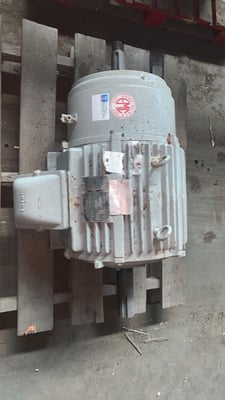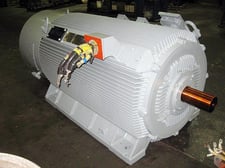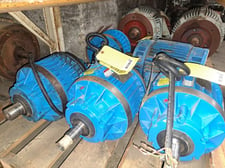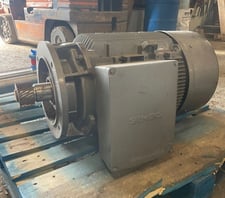Electric Motors for Sale
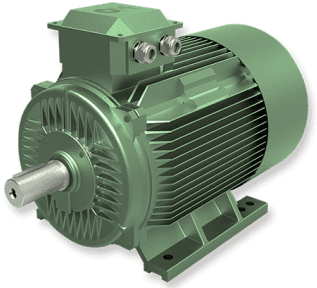
Electric motors play an integral role in a variety of industrial applications. Simply put, they power many of the industrial machines we list. That’s where our Electric Motor Search comes in. This powerful search tool allows you to search over 12,000+ new, rebuilt, surplus, and used motors for sale from trusted dealers near you. You can narrow down your search by filtering by horsepower, RPM, frame type, voltage, manufacturer, and even the type of motor you want to buy.
RFQ List
Here is the list of listings you added to submit multiple RFQs. You can add up to 10 listings. Once you have added the listings you are interested in, click on the Submit RFQs button to finish your request.
"*" indicates required fields
Submit RFQs
"*" indicates required fields
Electric Motor Types
When it comes to AC & DC electric motors, there are dozens of different types & variations out there. Our search engine above searches over 35 different electric motor categories across 14,000+ used, surplus & rebuilt electric motors for sale. Everything from your most popular and standard squirrel cage motor to explosive proof motors to multi-speed motors. Below are some of the more notable and popular kind of electric motors that you will come across in your search!
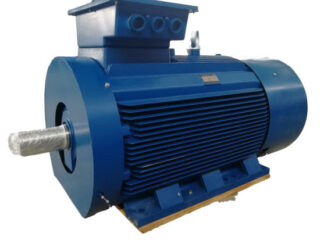
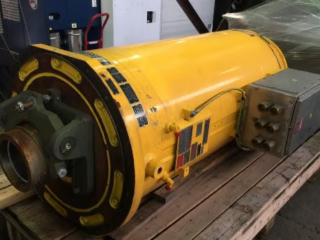
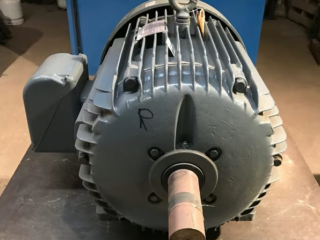
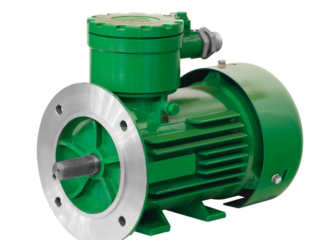
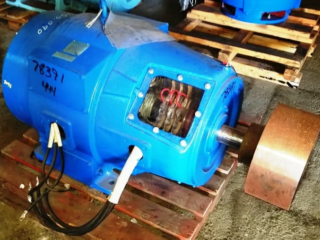
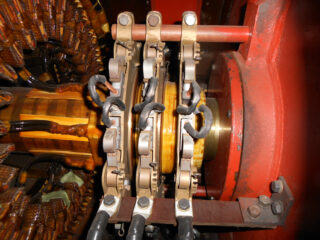
New Listings
Electric Motor FAQs
The lifespan of an electric motor varies based on quality, usage, environment, and maintenance. Typically:
- Quality and Design: Higher quality and well-designed motors can last 15-20 years or more.
- Usage: Frequent use or operation near maximum capacity shortens lifespan.
- Environment: Harsh conditions like extreme temperatures, humidity, corrosive atmospheres, or dust can reduce motor life.
- Maintenance: Regular maintenance including lubrication, cleaning, and inspection, can significantly extend a motor’s life.
- Operating Conditions: Factors like voltage fluctuations, overloading, and improper installation can reduce a motor’s lifespan.
In general, a well-maintained electric motor in normal conditions can last 15-20 years. This is a rough estimate, and lifespans can differ based on specific circumstances and manufacturer specifications. The 2 most common reasons for motor failure are typically when the commutator carbons up. Which causes a poor connection between the brushes and armature. Or the windings or brush burn up / wear out.
There can be a lot of signs of an electric motor going bad, below are some of the most common signs of an electric motor going bad you may experience.
- Unusual Noises: Grinding, screeching, or other unusual noises can indicate mechanical wear or failure inside the motor.
- Excessive Vibration: While some vibration is normal, excessive or unusual vibration can be a sign of misalignment, imbalance, or wear in the motor’s components.
- Overheating: Motors that run hotter than normal may be overworked, poorly ventilated, or experiencing electrical issues.
- Decreased Performance: If the motor is struggling to start, showing a reduction in speed or torque, or stopping unexpectedly, these can be signs of internal problems.
- Electrical Faults: Frequent tripping of circuit breakers or blown fuses can indicate electrical issues within the motor.
- Visual Signs: Burn marks, corrosion, or excessive dust and dirt accumulation can be external indicators of internal problems.
- Odor: A burning smell can signal overheating or an electrical issue.
- Bearing Issues: Wear or damage to bearings can cause noise, vibration, and eventually lead to motor failure.
Choosing between an AC (Alternating Current) and DC (Direct Current) electric motor depends on various factors including the application, performance requirements, cost, and availability of power. Here’s a comparison to help you decide:
AC Motors
- Power Source: Commonly used where AC power is readily available.
- Cost: Generally less expensive than DC motors for the same power output.
- Maintenance: Typically require less maintenance as they have fewer parts that can wear out (e.g., no brushes).
- Speed Control: Modern AC motors with variable frequency drives (VFDs) offer good speed control.
- Efficiency: Generally more efficient, especially in larger sizes.
- Durability: Often more durable due to simpler design.
- Applications: Widely used in industrial and household appliances, HVAC systems, and large machinery.
DC Motors
- Power Source: Preferred where DC power is available or for battery-powered applications.
- Cost: Can be more expensive, especially for larger motors.
- Maintenance: Typically require more maintenance (brush replacement, etc.).
- Speed Control: Provide excellent and precise speed control even at low speeds.
- Efficiency: Can be more efficient in smaller sizes or for varying speed applications.
- Durability: May have a shorter lifespan due to brush wear.
- Applications: Commonly used in automotive applications, small appliances, and situations requiring variable speed control.
The 4 biggest specs you really need to consider which are in our search engine above are: Horse Power (HP), Revolutions Per Minute (RPM), Frame Size (how the motors fits to the equipment you have), and Voltage. Below is a breakout of those specs and the details as well as some other key specs to consider when buying an electric motor.
- Type of Motor: Decide between AC (Alternating Current) and DC (Direct Current) based on your power supply and application requirements.
- Power Output: Measured in horsepower (HP) or kilowatts (kW), it should match the demand of your application. Overpowered motors waste energy, while underpowered motors can be inefficient and may fail.
- Speed: Given in revolutions per minute (RPM). The required speed should align with your application’s needs. Some motors offer variable speed.
- Voltage and Current Requirements: Ensure the motor’s electrical requirements match your power supply. AC motors typically run on 110/220V or 440/480V in industrial settings. DC motors might require different voltages, especially in battery-powered applications.
- Torque: This is the rotational force of the motor. High-torque motors are needed for applications involving heavy loads or high resistance.
- Efficiency: Higher efficiency motors consume less power and generate less heat, leading to cost savings and longer lifespan. Look for efficiency ratings.
- Duty Cycle: Determines how long the motor can run before it needs a rest. Continuous duty motors can run non-stop, while intermittent duty motors require breaks.
- Size and Mounting Configuration: Make sure the physical dimensions and mounting type of the motor fit your application.
- Enclosure Type: Open or closed, depending on the environment. Dusty or wet environments typically require enclosed motors to protect internal components. On Surplus Record you’ll commonly see “WPI or WPII” which means Weather Proof 1 or Weather Proof 2. The WPII motors are more weather proof and better suited for outdoors.
100%. Used electric motors are very popular and have a huge demand. Sometimes the only electric motor you can buy for your machine or equipment will be used, especially if its for an older piece of equipment and the motor has rare specs such as high HP and low RPM. Some advantages of buying an older used electric motor are the following:
- Cost-Effectiveness: They are often less expensive than new motors, making them a budget-friendly option.
- Durability: Many older motors were built with robust materials and can have a long lifespan if they were well-maintained.
- Simplicity of Design: The simplicity of older motors can make them easier to repair or refurbish, especially for those familiar with older technology. Many motor dealers on Surplus Record also have repair/rebuild shops on site where they can make certain tweaks to your motor such as changing the HP or RPM to match exactly what you need.
- Availability: In some cases, older motors might be more readily available than newer models, especially for replacing motors in existing equipment. If your line is down at your plant due to a broken motor on a machine and a new motor will take months to get, you will have no choice but to find a used motor instead of having a down line for months!
Deciding whether to replace or repair an electric motor involves considering several factors. Generally, it’s time to replace a motor instead of repairing it in the following situations:
- Cost of Repair vs. Replacement: If the cost of repair approaches or exceeds the cost of buying a new motor, replacement is usually the better option. A common rule of thumb is to replace the motor if repair costs are more than 50% of the cost of a new motor.
- Downtime Costs: Consider the cost of downtime due to motor repair. If the motor is critical to operations, prolonged downtime for repairs might be more costly than replacing the motor.
- Availability of Parts: Difficulty in sourcing spare parts for an older motor or long lead times can tilt the decision towards replacement, especially if the motor is essential for operations.
- Repeated Failures: If a motor repeatedly fails and requires frequent repairs, this is a strong indication that it’s nearing the end of its useful life.
- Age and Condition of the Motor: If the motor is old and has already undergone multiple repairs or is showing signs of wear and tear (like insulation breakdown, bearing failures), it may be more cost-effective to replace it.

